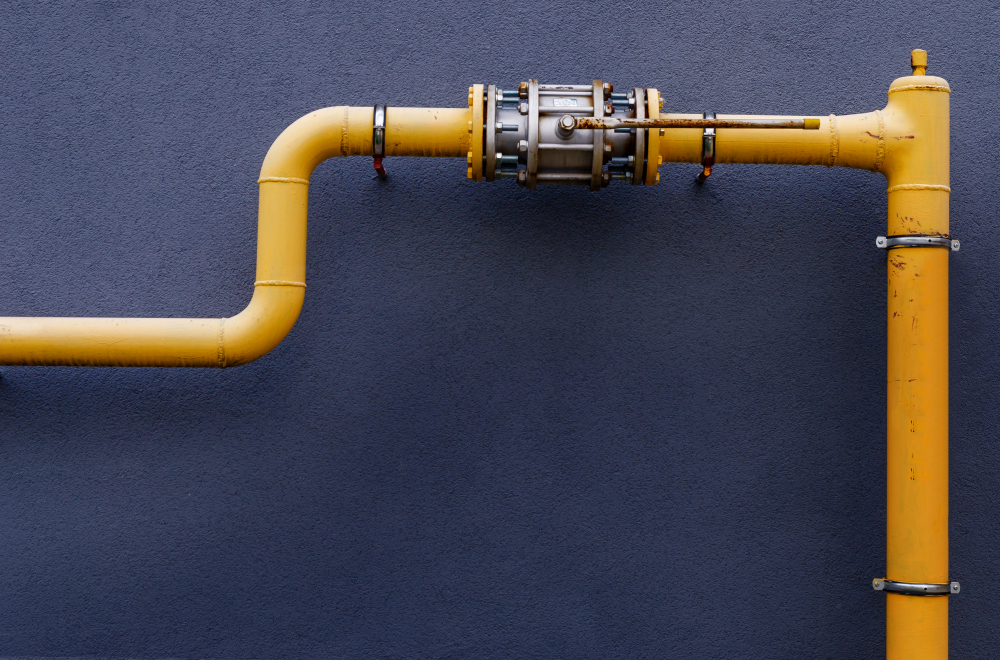In the realm of pipeline maintenance and repair, hot tap technology emerges as a revolutionary solution. With its ability to facilitate repairs and modifications without interrupting the flow of product through the pipeline, Pipeline operations have gained significant traction across various industries. In this comprehensive guide, we delve into the intricacies of hot tap pipelines, exploring their functionality, applications, benefits, and more.
Understanding Hot Tap Pipeline Technology
What is Hot Tap Pipeline?
Hot tap pipeline, also known as pressure tapping or live tapping, refers to the process of creating a connection to an existing pipeline while it is still in operation and under pressure. This method allows for modifications such as installing valves, fittings, or branches without the need to shut down the entire system.
How Does Hot Tap Work?
Hot tap operations typically involve the use of specialized equipment, including tapping machines and fittings designed to withstand high pressure and temperature. The process begins with locating the precise point on the pipeline for tapping. A tapping machine is then used to drill into the pipeline while maintaining pressure, creating a connection for the desired modification.
Applications of Hot Tap Pipeline
Oil and Gas Industry
In the oil and gas sector, hot tap technology plays a crucial role in pipeline maintenance, enabling operators to perform repairs and upgrades without disrupting production activities. This capability is particularly valuable for offshore operations where shutdowns can incur substantial costs and logistical challenges.
Water Distribution Systems
Municipalities and water utilities utilize hot tap pipe methods to expand or repair water distribution networks efficiently. By avoiding service disruptions, these entities can ensure continuous water supply to residents and businesses while conducting necessary infrastructure improvements.
Advantages of Hot Tap Pipeline
Minimized Downtime
One of the primary advantages of hot tap operations is the reduction of downtime associated with maintenance activities. By eliminating the need for shutdowns, operators can save valuable time and resources, maximizing productivity and revenue generation.
Cost Efficiency
Hot tap technology offers significant cost savings compared to traditional pipeline maintenance methods. By avoiding production losses and associated expenses, companies can achieve a higher return on investment while maintaining operational efficiency.
Enhanced Safety
Performing modifications on live pipelines can pose safety risks to personnel and the environment. However, hot tap procedures are designed with safety in mind, utilizing specialized equipment and protocols to minimize hazards and ensure worker protection.
Challenges and Considerations
While hot tap technology offers numerous benefits, it also presents challenges and considerations that must be addressed:
- Technical Expertise: Proper execution of hot tap operations requires specialized knowledge and training to ensure safety and efficacy.
- Material Compatibility: Compatibility of tapping equipment and fittings with pipeline materials is crucial to prevent corrosion and integrity issues.
- Regulatory Compliance: Adherence to industry regulations and standards is essential to mitigate risks and ensure compliance with safety guidelines.
Conclusion
Hot tap pipeline technology represents a significant advancement in the field of pipeline maintenance and repair, offering a versatile solution for conducting modifications while pipelines remain in service. With its ability to minimize downtime, reduce costs, and enhance safety, hot tap operations are poised to play a vital role in the infrastructure development of various industries.

